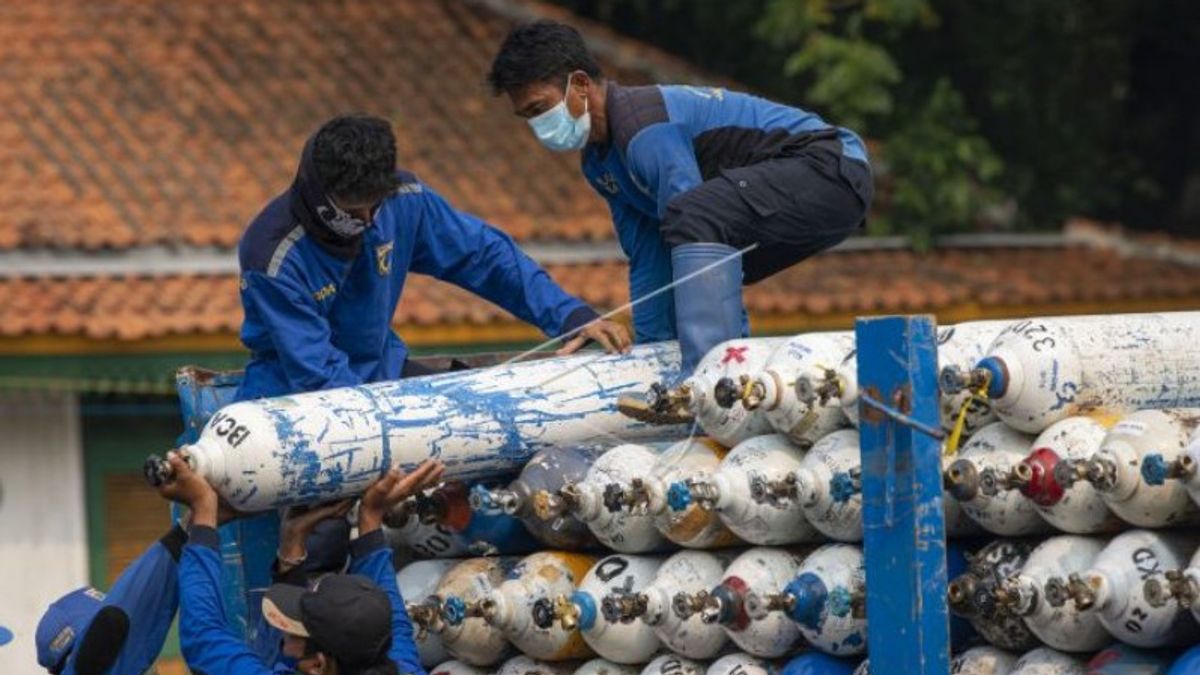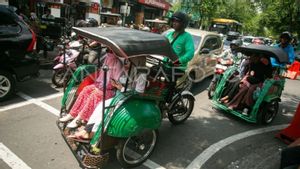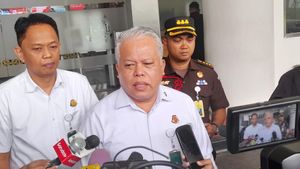JAKARTA - Health science expert from the Faculty of Medicine, University of Indonesia (FKUI), Prof. Tjandra Yoga Aditama, revealed the effective steps taken by India in overcoming the oxygen crisis during the COVID-19 surge.
"India has also experienced a lack of oxygen which has been widely reported. There were at least five things India did at that time to overcome it," he said in a written statement quoted by Antara, Thursday, July 8.
First, India prohibits the use of liquid oxygen for non-health purposes. This prohibition is strictly enforced, other industries are not allowed to use oxygen, without exception.
The second step, continued the professor of lungs, is to initiate the installation of Medical Oxygen Generation Plants as oxygen production plants in various health care facilities in the country. "India is also speeding up distribution, as with oxygen express trains," he said.
It is no less important, he said, the active role of various non-governmental organizations (NGOs) in encouraging the supply of oxygen for people who are in need.
"For example, Hemkunt Foundation with 150 volunteers, serving about 15 thousand phone calls, a kind of drive-through oxygen service and Sewa International which provides oxygen concentrators," he said.
Tjandra said India also received oxygen assistance from other countries, including Indonesia. The United States has donated 1,100 oxygen cylinders, France has donated liquid oxygen, Britain has donated oxygen concentrators, and Japan has sent oxygen concentrators.
The Director of Postgraduate Program at YARSI University, said that there were certain states that had prepared possible cases from the start.
In Kerala, for example, there are quite a number of hospitals that have set up liquid oxygen processing units which will make it very easy for them during times of oxygen shortage in many hospitals in India.
"So it is true that preparation and anticipation from the start will be very helpful when the problem is in sight. The most important thing to overcome the lack of oxygen is to deal with problems upstream, namely reducing the number of sick people," he said.
Tjandra added that quite a number of states in India, including big cities, such as New Delhi and Mumbai, as centers of the Bollywood film industry, have imposed strict lockdowns so that the mobility of the population is restricted.
"Other states use social restrictions that vary according to their respective epidemiological patterns and consequently transmission in the community can also be greatly suppressed," he said.
India has also greatly increased its number of tests to about two million people per day, and its number of vaccinations to eight million people per day. "It's a huge number," he said.
He said that on May 8, 2021, new cases of COVID-19 per day in India were 403,405 people and on June 8, it had fallen to 92,596 people. In fact, he said, on July 5, 2021, the number was only 34,703 people, so it fell more than 10 times lower in less than two months.
"We certainly hope that the number of new COVID-19 patients in our country, which on July 7, 2021, has almost 35,000 new cases per day, can be immediately reduced," he said.
The English, Chinese, Japanese, Arabic, and French versions are automatically generated by the AI. So there may still be inaccuracies in translating, please always see Indonesian as our main language. (system supported by DigitalSiber.id)













